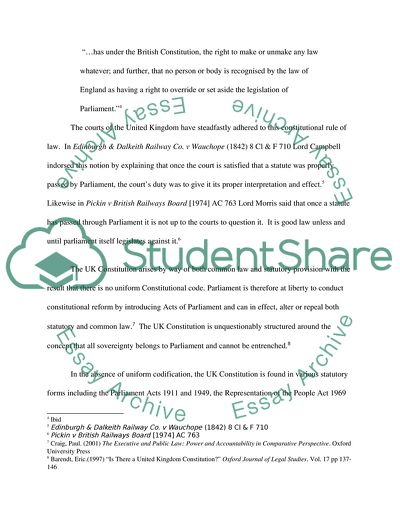Cite this document
(The Study of the Law of the Constitution Case Example | Topics and Well Written Essays - 2250 words, n.d.)
The Study of the Law of the Constitution Case Example | Topics and Well Written Essays - 2250 words. Retrieved from https://studentshare.org/law/1710236-the-united-kingdoms-constitution-is-idiosyncratic-in-the-wider-european-context-critically-assess-this-statement
The Study of the Law of the Constitution Case Example | Topics and Well Written Essays - 2250 words. Retrieved from https://studentshare.org/law/1710236-the-united-kingdoms-constitution-is-idiosyncratic-in-the-wider-european-context-critically-assess-this-statement
(The Study of the Law of the Constitution Case Example | Topics and Well Written Essays - 2250 Words)
The Study of the Law of the Constitution Case Example | Topics and Well Written Essays - 2250 Words. https://studentshare.org/law/1710236-the-united-kingdoms-constitution-is-idiosyncratic-in-the-wider-european-context-critically-assess-this-statement.
The Study of the Law of the Constitution Case Example | Topics and Well Written Essays - 2250 Words. https://studentshare.org/law/1710236-the-united-kingdoms-constitution-is-idiosyncratic-in-the-wider-european-context-critically-assess-this-statement.
“The Study of the Law of the Constitution Case Example | Topics and Well Written Essays - 2250 Words”. https://studentshare.org/law/1710236-the-united-kingdoms-constitution-is-idiosyncratic-in-the-wider-european-context-critically-assess-this-statement.


